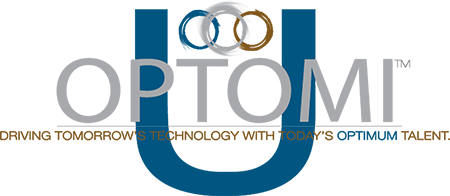Types of UX Designers
- User Experience (UX)
- User Interface (UI)
- User Researchers
- Product Designer
- Service Designer
- Visual Designer
- Content Strategists (UX)
DESIGN IS MORE THAN JUST MAKING THINGS AESTHETICALLY PLEASING. AT ITS CORE, DESIGN IS ABOUT PROBLEM SOLVING.
XD/PS Practice Areas

UX/UI Product Designers
01: Designers work with Engineering and Product teams to identify a problem and brainstorm what features and functions could be used to solve it.
02: Design is strategic, and designers are involved in end-to-end process, from user research completion.
03: Designers combine aspects of psychology, business, market research, design, and technology.
Types of UX Designers
Usually go hand-in-hand but there are key differences!
WHAT IS USER INTERFACE?
Designers who create the look/feel, the presentation, and interactivity of a product. Responsible for the transference of a product’s development, research, content, and layout into an attractive, guiding, and responsive experience for users.
A UI Designer will think about icons, buttons, typography, color schemes, spacing, imagery, and responsive design.
User Experience Designers
What is UX Design?
User Experience Design is the process of enhancing user satisfaction with a product by improving the usability, accessibility, and pleasure provided in the interaction with the product.
Focuses on the interaction between real human users (like you and me) and everyday products & services, such as websites, apps, and even coffee machines.
UX Design In Action
Create human-centered designs by gathering customer needs, designing graphic elements, and building delightful user experience
Have a solid understanding of digital design patterns, user interface best practices, and be competent in UX design tools.
Steps in UX Design Process
01: UNDERSTAND
- Understand requirements
- Create User Personas
- Define User Cases
02: RESEARCH
- Analyze competitors
- Research latest UX trends
- Keep eye on guidelines
03: SKETCH
- Gather ideas
- Draw sketches and wireframes
- Evaluate and re-draw
04: DESIGN
- Design images
- Create prototypes
- Define UX guidelines
05: IMPLEMENT
- Implement functionality
- Build experience
06: EVALUATE
- Perform usability testing
- Create audit reports
- Identify improvements
What We Look For
DEPENDS ON THE CLIENT, BUT THERE ARE SOME COMMON TRENDS WE LIKE!
LIKE!
- Resume AND updated portfolio – how to show NDA work.
- Product Design process – the overall thought process and type of product (Mobile App, Web App, B2B or B2C, etc.) + tools/technologies utilized.
- An interactive portfolio – moves with you, micro-interactions, etc.
- Individual contributions to projects – “Walk me through your favorite project and your individual contributions”
- Variety of samples which showcase the process. (Cannot be PDF samples of work)
- Experience with agile, UserTesting, collaboration sessions, & presenting stakeholders.
Red Flags
- Bootcamps
- Job hoppy
- No true product design
- Freelance
- Outdated portfolio
Portfolio Examples
- http://jordanr.co/
- https://rogelioleali.design/
- https://mariazub.com/
- https://katielizlewis.com/portfolio/mirror/
Not So Hot Portfolios
Potential Questions


